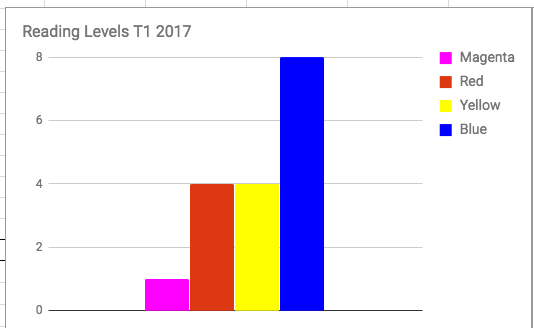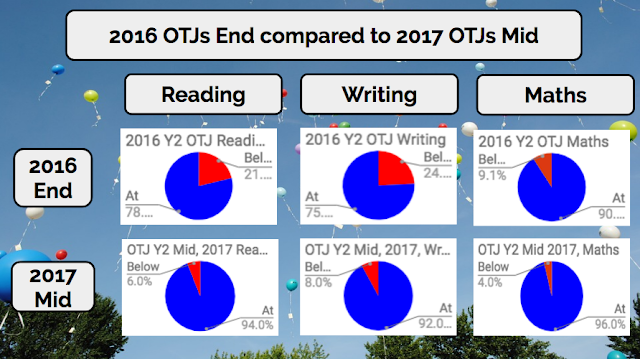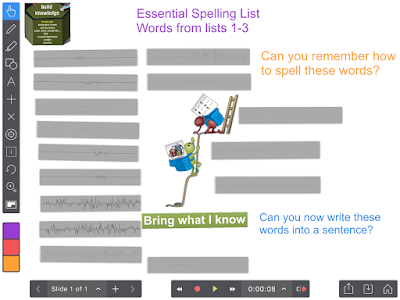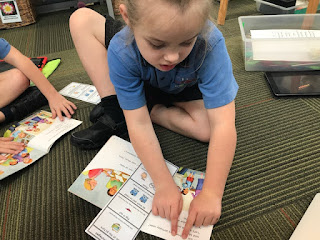Reading across the curriculum
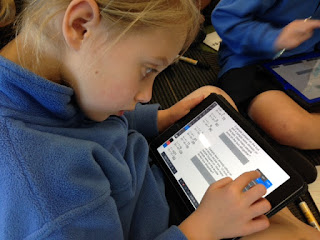
Many of the learners who I teach for reading, I also teach for Numeracy. We are making connections in Reading by chunking words out, and reading for meaning in the Maths problems. We are using reading in Maths by using a digital lens. Explain Everything is allowing learners to read and listen to the maths problem. Learners are applying their understanding by solving word problems in Maths.
